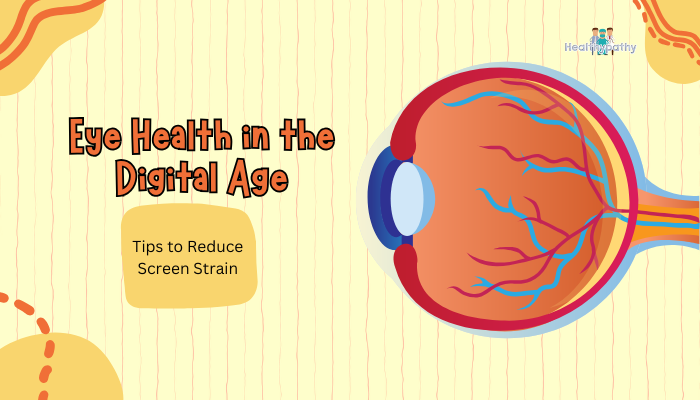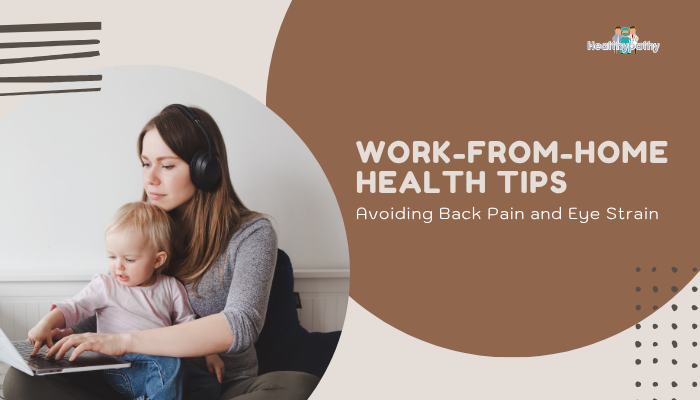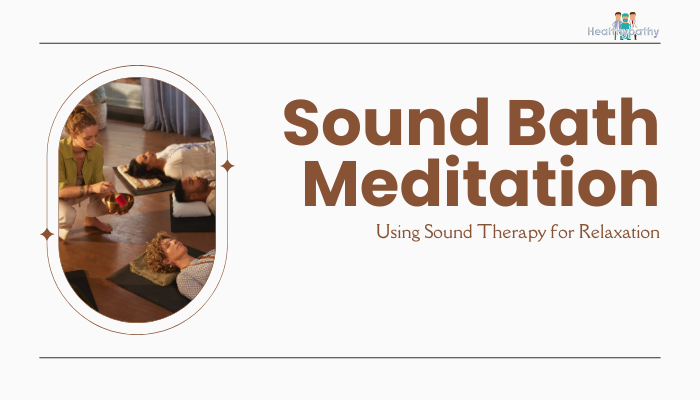Introduction
As we rely on digital devices for work, communication, and entertainment, eye discomfort and strain have become increasingly common. Staring at screens for hours can cause dry eyes, headaches, and blurred vision—collectively termed digital eye strain or computer vision syndrome.
Fortunately, a few mindful adjustments in posture, lighting, and breaks can significantly reduce these symptoms. This guide explores practical tips for maintaining eye health in today’s digital-driven world.
Recognize the Signs of Digital Eye Strain
Common Symptoms
- Eye Fatigue or Burning: Persistent heaviness, itching, or dryness in the eyes.
- Headaches: Often triggered by focused near work and glare.
- Blurred or Double Vision: Difficulty refocusing between screen and distance.
- Neck/Shoulder Pain: Tension from poor posture while working.
Underlying Factors
- Reduced Blinking: People blink less often staring at screens, leading to dryness.
- Screen Glare and Contrast: Inadequate or harsh lighting can strain the eyes.
- Prolonged Focus: Continuous close work tires the eye muscles that help with focus.
Follow the 20-20-20 Rule
Basic Principle
Every 20 minutes, look at something 20 feet away for 20 seconds. This short break relieves the ciliary muscles controlling the lens, preventing continuous strain from close-up viewing.
Setting Reminders
- Apps or Timers: Use phone alarms or software to prompt breaks.
- Blinking Exercises: Alongside your 20-second break, blink slowly or do a few deliberate blinks to re-lubricate the eyes.
Optimize Your Workspace
Screen Position
- Eye Level: Place the top of the monitor at or slightly below eye level, so you’re not craning your neck or tilting your head up/down.
- Viewing Distance: Aim for about an arm’s length (20–24 inches) between your eyes and the screen.
Adjust Lighting and Glare
- Ambient Light: Reduce overhead glare by using curtains/blinds or repositioning lamps.
- Screen Brightness: Ensure your display matches surrounding light levels—too bright or too dim forces extra eye effort.
- Anti-Glare Filters: For persistent glare issues, consider applying an anti-reflective filter to your monitor.
Ergonomic Seating
- Chair Support: A supportive chair with adjustable seat height and backrest helps maintain proper posture, relieving neck/shoulder tension that can exacerbate eye strain.
Practice Healthy Screen Habits
Blink Intentionally
Consciously blink every now and then to moisten the cornea and prevent dryness. If dryness persists, talk with an eye care professional about lubricating eye drops.
Limit Continuous Use
Where feasible, break large screen tasks into segments. Occasional phone or desk stands can shift your posture or let you step away momentarily.
Blue Light Awareness
Some people find relief by enabling night mode on devices or using blue light–filtering glasses. While scientific consensus varies on the extent of their benefits, many users report slightly improved comfort.
Nutrition and Eye Health
Balanced Diet
Nutrients like omega-3 fatty acids (salmon, flaxseeds), antioxidants (berries, leafy greens), and vitamins A, C, and E help maintain healthy eyes. Staying hydrated supports tear production and reduces dryness.
Supplements
If your diet lacks certain nutrients, an optometrist or doctor might suggest eye health supplements—often containing lutein, zeaxanthin, or omega-3s. Check with a healthcare professional for personalized guidance.
Regular Eye Exams
- Annual Check-Ups
Yearly or biannual comprehensive eye exams can detect early signs of digital eye strain, changes in vision, or other concerns like glaucoma. - Prescription Updates
If you wear glasses or contacts, ensure your prescription is current. Incorrect lenses contribute to unnecessary squinting and strain. - Discuss Screen Habits
Inform your eye doctor about your typical screen hours—they can suggest specific lens coatings or advice for your routine.
Frequently Asked Questions
Does large font size help reduce eye strain?
Yes, enlarging text reduces the effort to read. Adjusting settings to a comfortable size or using assistive apps can ease squinting, especially for extended reading.
Are eye drops safe for daily use?
Over-the-counter lubricating drops are generally safe for dryness. Avoid using medicated drops frequently without medical guidance. If dryness persists, consult an eye care provider.
How does posture relate to eye strain?
Poor posture leads to a misalignment between eyes and screen, causing you to crane your neck or hunch forward—heightening tension in neck and shoulders, which can worsen headaches and perceived eye strain.
Should I ever put the screen brightness on auto?
Auto-brightness helps the display adjust to ambient light, preventing overly intense or too-dim viewing. Tweak manual controls if auto settings aren’t comfortable.
Conclusion
In today’s digital age, safeguarding eye health against continuous screen exposure is vital. Incorporating the 20-20-20 rule, optimizing your desk setup, and establishing mindful blinking habits significantly reduce eye fatigue and dryness. Adding good lighting, an ergonomically arranged workspace, and a nutrient-rich diet further fortifies visual comfort and clarity. Ultimately, consistent breaks and a balanced approach ensure that your eyes remain healthy, letting you navigate technology with minimal strain and maximum productivity.
References
- American Optometric Association (AOA). Computer Vision Syndrome: guidelines and recommendations. Accessed 2023.
- National Institutes of Health (NIH). Eye care and digital device usage. Accessed 2023.
- American Academy of Ophthalmology (AAO). Screen time and eye health. Accessed 2023.
- Harvard Health Publishing. Tips to reduce digital eyestrain. Accessed 2023.







